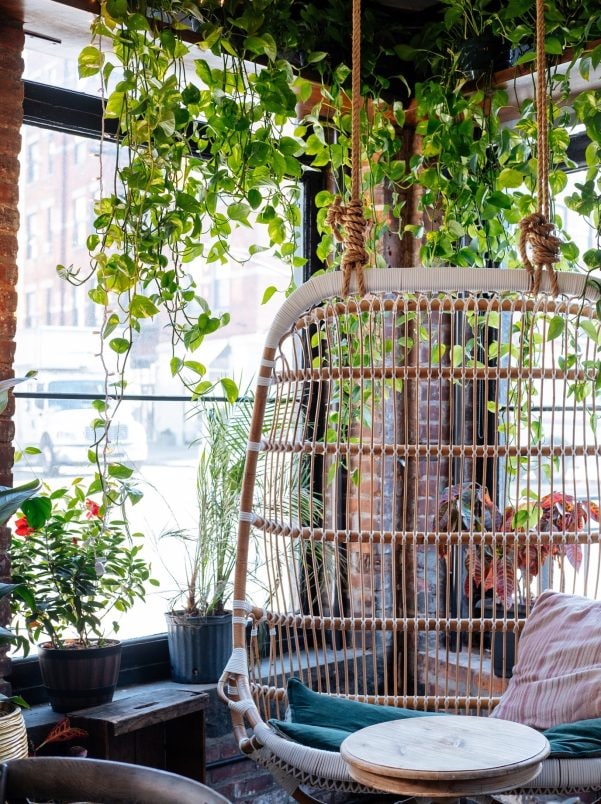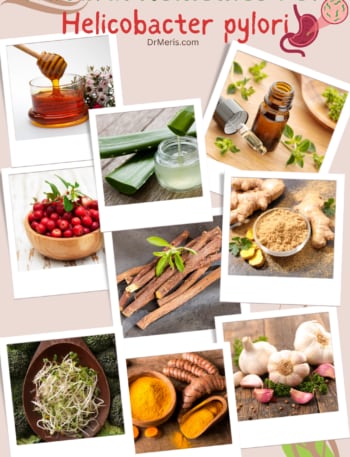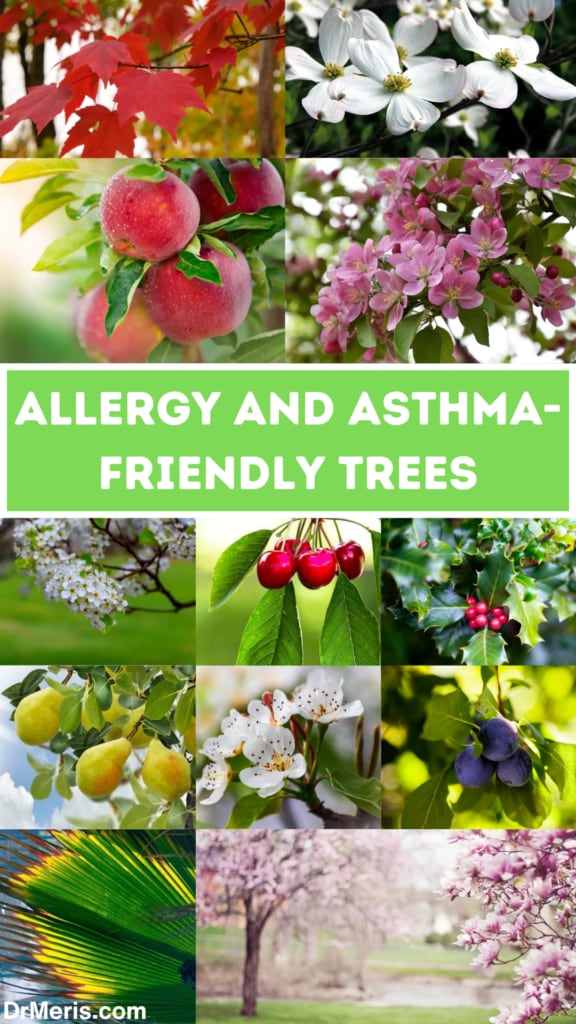
Allergy and Asthma-friendly trees are an excellent way to reap the rewards of gardening without putting up with the sniffles and sneezes that come with a plant allergy. Spending a pleasant afternoon gardening or reading a book outside under your favorite tree can be a great way to pass the time when you don’t have to deal with the stress of work or the daily grind.
However, if you have allergies, you know it is frequently difficult to do this without suffering negative effects. You can use a variety of allergy-free substitutes in your garden.
Without a doubt, the worst enemy of anyone with allergies is plant pollen. People who are allergic to plants can make and enjoy allergy-friendly gardens throughout the growing season with a little preparation and investigation. In this article, you will find a list of asthma and allergy-friendly trees recommended by Asthma and Allergy Foundation of America.
PRECAUTION: Plants should always be purchased using their scientific names, and a reliable reference book should be consulted.
What is the difference between monoecious, hermaphrodite, and dioecious plants?
The terms “monoecious,” “dioecious,” and “hermaphrodite” may be familiar to you concerning fruit bearing and pollination. The location of the male and female floral organs on plants is described by these terms. But what precisely are plants that are hermaphrodite, dioecious, and monoecious?
What are monoecious plants?
Monoecious plants have flowers that are both male and female. Male flowers have pollen-carrying stamens. Female flowers are distinguished by the carpels, or pistils, onto which pollen is transferred. Monoecious plants can be identified by the fact that they produce two distinct types of flowers.
What are hermaphroditic plants?
Unlike separately sexed monoecious plants, which have purely female and purely male flowers, hermaphrodite plants have exclusively hermaphroditic flowers. Pistils and stamens are both male and female floral organs found in these.
What are dioecious plants?
Dioecious plants have either male or female flowers. This means that there are both male and female plants. Because one plant can only fertilize or be fertilized by another, dioecious plants must have another plant to produce fruits. Only about 5% of plants are dioecious.
Note: Whichever of these groups a plant belongs to, pollination still happens by insects, water, or the wind.
Female plants vs. Male plants
Male plants produce pollen, while females do not. You may have noticed that your asthma or allergy is worse in summer or spring. Pollen levels in the air are frequently connected to this tendency.
Female plants aid in the removal of pollen from your yard and its surroundings, whilst male plants create more pollen. This pattern is shared by male and female trees, shrubs, flowers, and grasses.
The appearance of male and female plants within the same species varies slightly. If you’re not an expert at identifying male and female plants, you can seek a professional for assistance while you’re buying plants or compare your plant’s appearance to pictures of the male and female variants of the species.
Male trees are one of the main reasons city dwellers’ allergies have gotten so bad in recent decades. Female trees in the wild trap pollen to fertilize their seeds. However, because male trees predominate in urban forestry, cities are coated in their pollen.
Some trees, such as cedar, mulberry, and ash, are dioecious, which means that each plant is female or male. Others, such as oak, pine, and fig trees, are monoecious, which means that male and female flowers grow on the same plant. Female trees are easy to identify because they have seeds.
How to make an allergy and asthma-friendly garden?
Making allergy-friendly gardens requires selecting plants with low pollen counts. Asthmatics should generally stay away from plants that rely on airborne pollen rather than insects.
The list in the upcoming section can be used to select trees suitable for your asthma and allergy. Besides allergy and asthma-friendly trees, use flowering plants and shrubs that are safe for your condition. Don’t forget to choose an appropriate type of grass.
You may also want to check out lists of Allergy and Asthma-Friendly Flowering Plants and Allergy and Asthma-Friendly Grasses and Shrubs.
List of allergy and asthma-friendly trees
The following list includes allergy and asthma-friendly trees recommended by Asthma and Allergy Foundation of America.
Female fern pine (Afrocarpus gracilior)
Afrocarpus gracilior is a species in the Podocarpaceae family of coniferous trees native to eastern Africa. It is also known as East African yellowwood, African fern tree, or bastard yellowwood in English.
Female Afrocarpus gracilior is listed among the allergy and asthma-friendly trees. The male plant produces only little yellow flowers, whilst the female plant produces both berries and flowers.

Female red maple (Acer rubrum)
Red maple (Acer rubrum) is a large, irregularly narrow tree in the Sapindaceae family. It is a deciduous tree that can grow to reach 50 to 60 feet (15-18 meters) tall when mature. This tree is widespread and native to the eastern region of the United States. Red maple can be used to make syrup.
Female Acer rubrum is included in the list of allergy and asthma-friendly trees.
Red Maples can produce all male blooms, all female flowers, or a mix of both. Male flowers have lengthy filaments that reach beyond the petal and are covered in yellow pollen at the terminals. The stigma extends past the petals of the female flower, ready to gather pollen. The female bloom bears the fruit.


Dogwood (Cornus)
Cornus is a genus of 30-60 species of woody plants of the Cornaceae family, commonly known as dogwoods, recognized by their blooms, berries, and characteristic bark. These plants are native to much of temperate and boreal Eurasia and North America.
Dogwood (Cornus) species are allergy and asthma-friendly trees. The majority are deciduous trees or shrubs, but a few are herbaceous perennial subshrubs and a few are evergreen.
Several species have small heads of inconspicuous flowers enclosed by an involucre of broad, white petal-like bracts, but others have more open clusters of petal-bearing blooms.

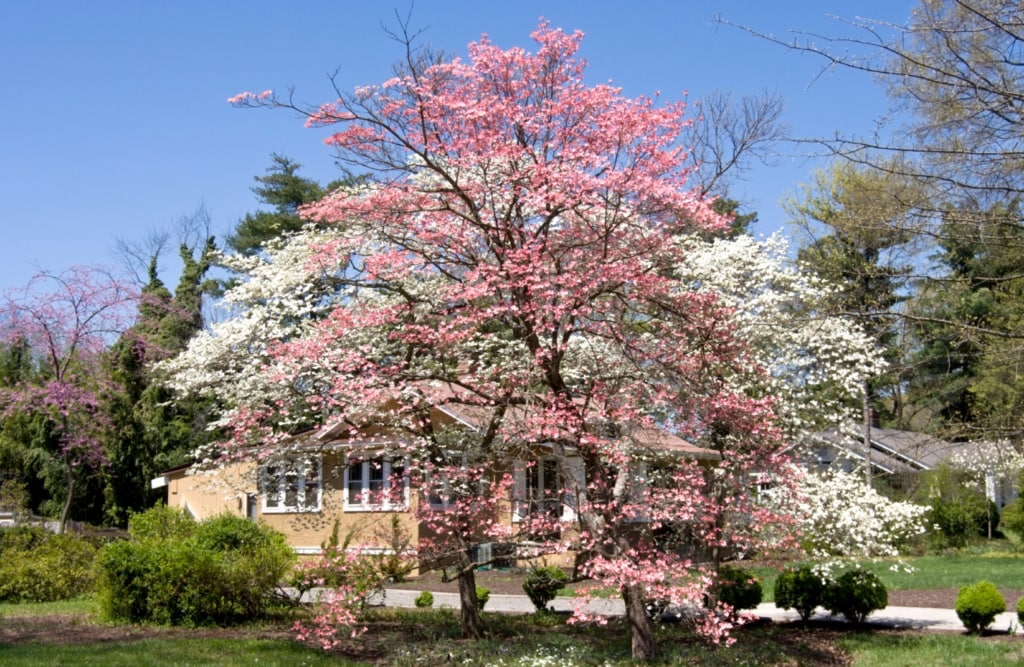
Hardy rubber tree (Eucommia ulmoides)
Eucommia ulmoides is a species originally from China. It belongs to the Eucommiaceae family. It is a hardy, pest-free tree of exceptional beauty. It has glossy, dark green foliage in the summer and grows rounded at maturity with a rich, strongly furrowed bark. If you tear a leaf, you will notice fine rubber strands, which give this tree its name.
Hardy rubber tree (Eucommia ulmoides) is one of the best allergy and asthma-friendly trees.

Traditional Chinese Medicine has used Eucommia for centuries to support the endocrine system, improve kidney health, and strengthen bones and muscles. It is also said to protect against osteoporosis and improve heart health.
Eucommia is endangered in the wild, but it is widely cultivated in China for its bark, which is highly valued in herbology and traditional Chinese medicine. While alternative medicine practitioners use Eucommia to boost vitality and promote longevity, it is best known in the West as a blood pressure supplement.
Although it is marketed for use in various conditions, most research has been conducted in animals and is preliminary. There is insufficient evidence to suggest that Eucommia is beneficial in humans.
Apple and crabapple
Within the Rosaceae family, the genus Malus comprises approximately 30 to 55 species of small deciduous trees or shrubs, which include domesticated orchard apples, crab apples, and wild apples. The Northern Hemisphere’s temperate zone is home to the genus.
One of the most extensively grown tree fruits is the apple (Malus domestica), a domesticated tree and fruit of the Rosaceae family.
Apple and crabapple are allergy and asthma-friendly trees.
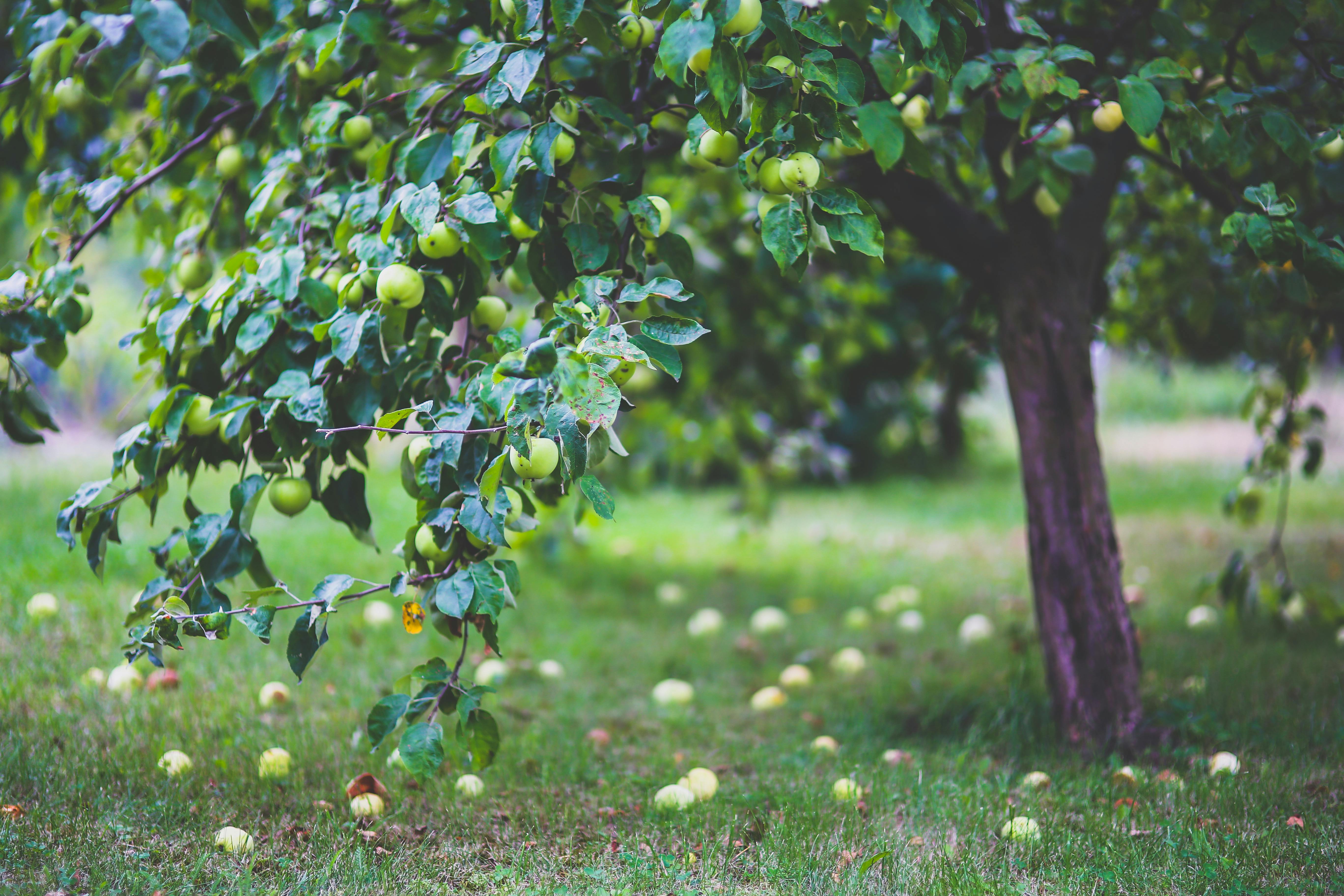
Crabapple (or crab apple) is any of several small trees in the rose family (Rosaceae) of the genus Malus. Crabapples are only found in North America and Asia. They are widely cultivated due to their appealing growth habit, spring flower display, and decorative fruits. The fruits are much smaller and tarter than the common apple (Malus domestica), but they can be used to make jellies, preserves, and cider.
They contain the same nutrients as larger apples but on a smaller scale. However, they are not always as tasty as their larger counterparts, which is why they are not as widely consumed.
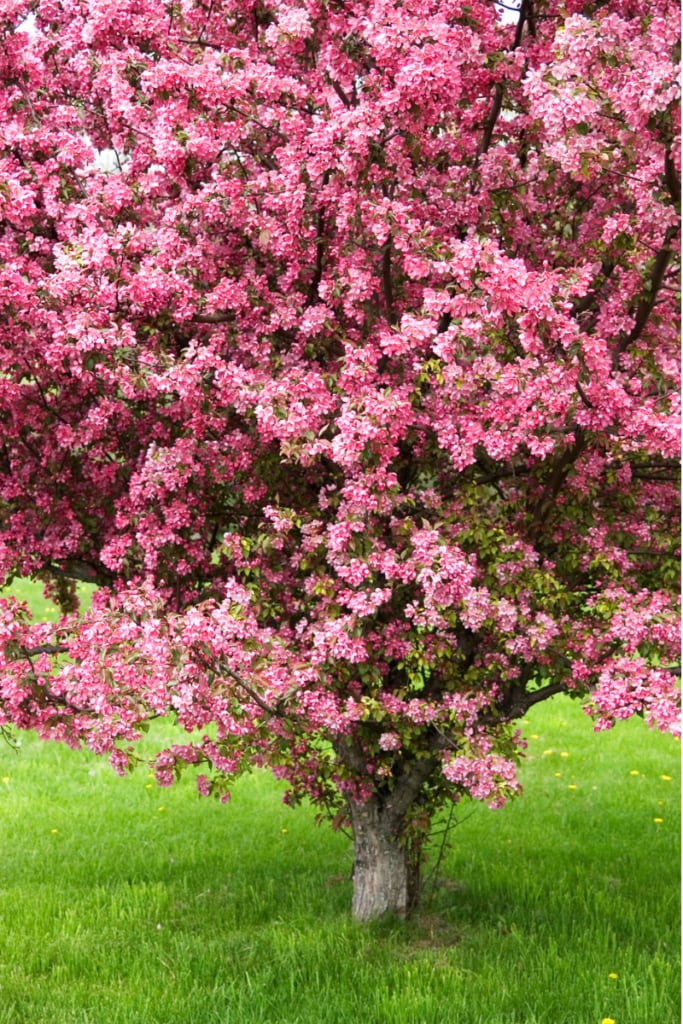


Pie cherry (Prunus avium and Prunus cerasus)
Prunus avium (sweet cherry trees) and Prunus cerasus (sour cherry trees) are allergy and asthma-friendly trees. They are related to peaches, plums, and apricots.
Cherries are high in vitamins C and A, calcium, protein, and iron. They are high in antioxidants and aid in improving the immune system.
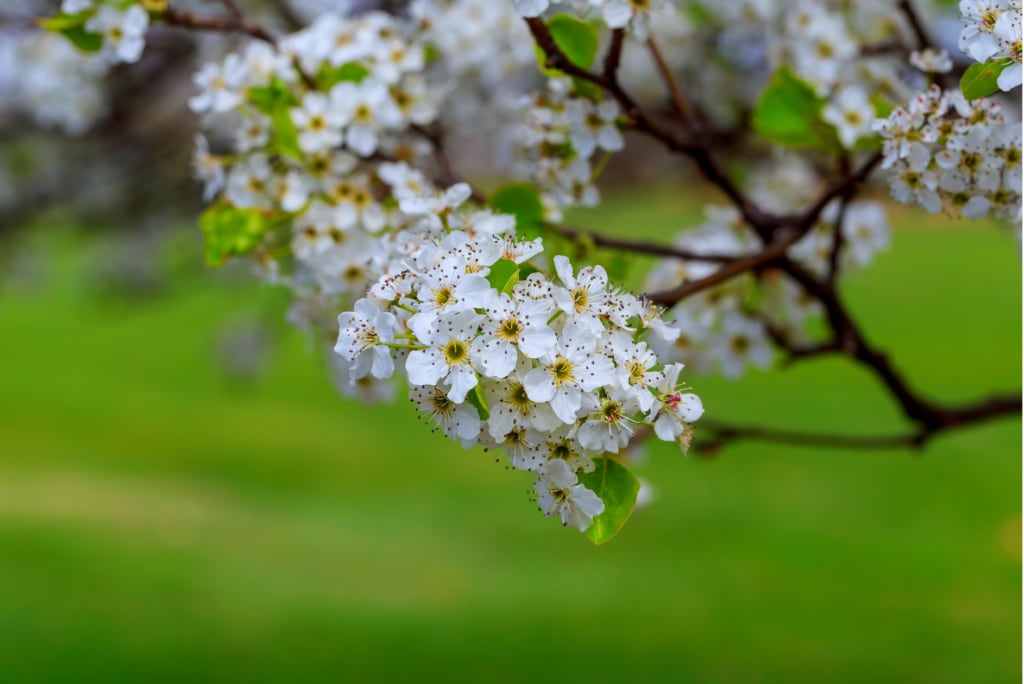
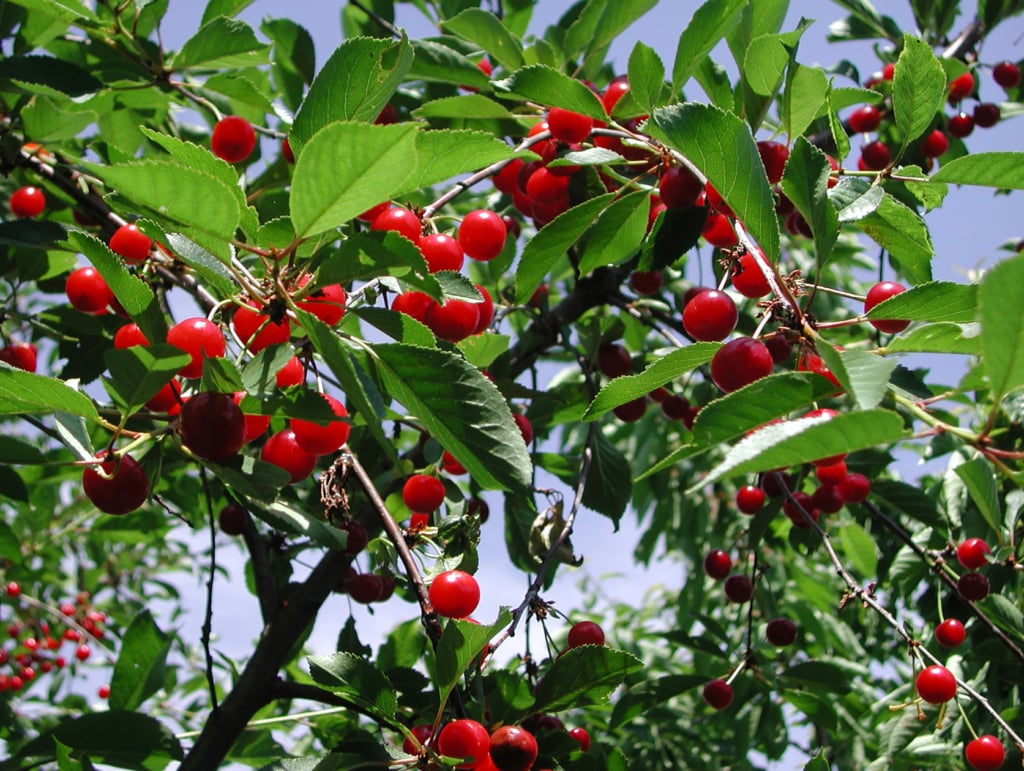
Female English holly (Ilex aquifolium)
Ilex aquifolium, often known as English holly, the holly, common holly, European holly, or Christmas holly. It is a flowering plant native to western and southern Europe, northwest Africa, and southwest Asia.
All females, in general, produce berries. Males, meanwhile, do not. It’s usually reasonable to assume that a plant with berries is female. Examining the flowers, which are positioned between the leaf and branch joint, is the best technique to detect the sex of English holly. Although the little clusters of creamy white blooms look similar, males have larger stamens than females.

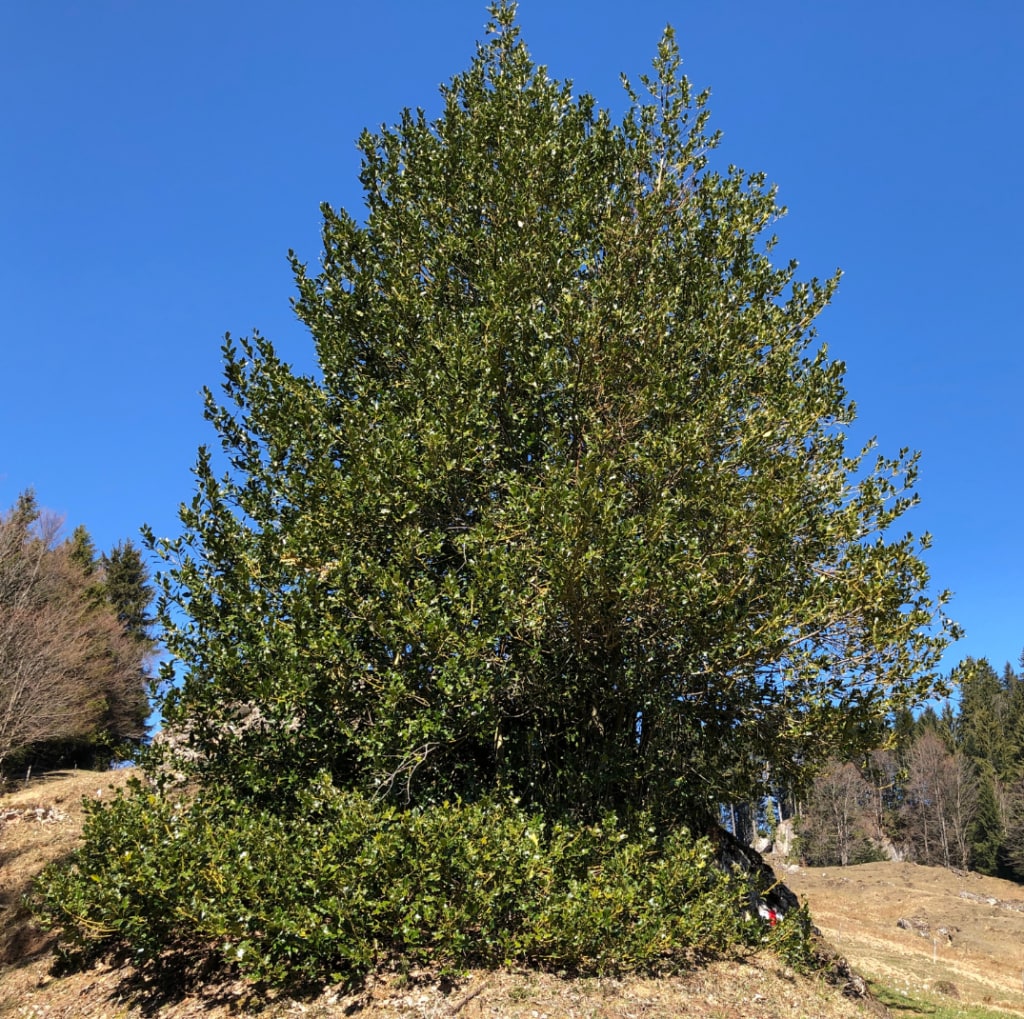
Magnolia
Magnolia is a vast genus in the family Magnoliaceae of approximately 210 to 340 flowering plant species. They are deciduous and evergreen trees and shrubs that are best described as spectacular floral plants.
Magnolias are attractive allergy and asthma-friendly trees. Their large fragrant flowers can be bowl-shaped or star-shaped and come in white, pink, purple, green, or yellow.


Pear (Pyrus)
Pear trees and shrubs are members of the genus Pyrus and bear the pomaceous fruit of the same name. They are allergy and asthma-friendly trees.
The medium-sized tree is native to Europe, North Africa, and Asia’s coastal and mildly temperate regions. Pear wood is a popular material for the production of high-quality woodwind instruments and furniture.



Plum (Prunus domestica)
A plum tree, also known as Prunus domestica, is a lovely, flowering tree that bears a plump, delicious fruit known as a plum.
Prunus domestica is a flowering plant in the Rosaceae family. It is a deciduous tree that includes many varieties of fruit trees known as plums in English; however, not all plums are members of this species. Greengages and damsons are also Prunus domestica subspecies. It usually grows into a large shrub or a small tree. It can be thorny, with white blossoms that bloom in early spring.
Members of Prunus domestica are allergy and asthma-friendly trees.
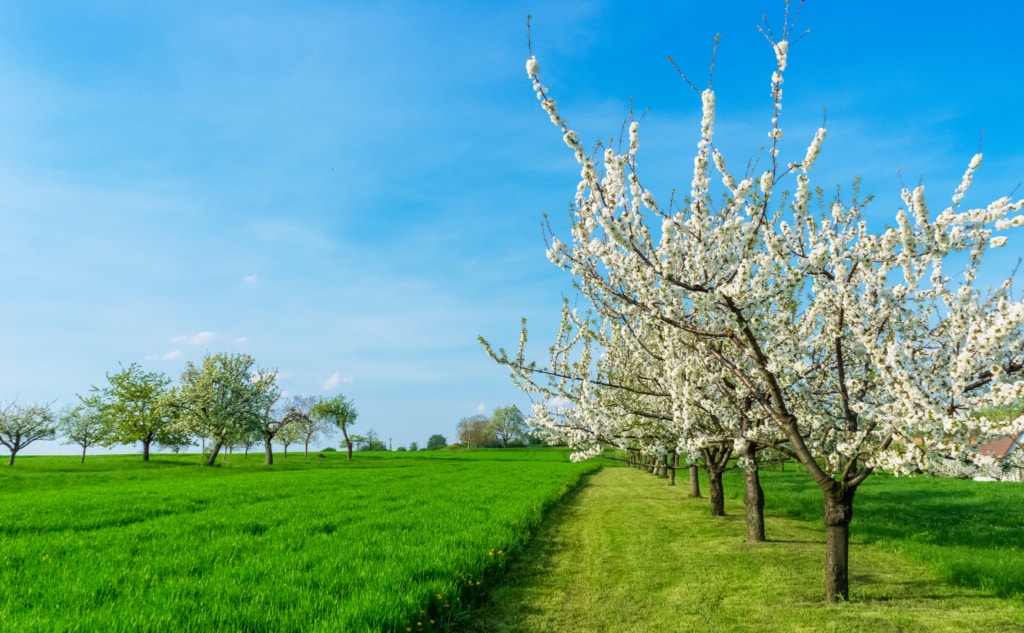


Chinese fan palm (Livistona chinensis)
Livistona chinensis is a subtropical palm tree of the family Arecaceae native to East Asia. It is sometimes known as the Chinese fan palm or fountain palm.

Note: According to the botanical definition, palms are big woody herbs rather than trees.
Tips for allergy and asthma-friendly garden
Even if you have allergy and asthma-friendly trees, it is critical to consider air quality and overall pollen count. On days when the pollen count is extremely high, avoid going outside. High pollen count days will make anyone with allergies miserable, regardless of how allergy-friendly your garden is. Similarly, it is best to avoid gardening on windy days. Pollen levels are also kept low by cool, rainy days.
It is best to avoid trees and shrubs that are in bloom, have no leaves, or are just starting to grow. Protect yourself from flying pollen by wearing lightweight clothing that covers your arms and legs, as well as a hat and sunglasses.
If your garden is surrounded by grass, keep the grass cut very short to prevent seeds from sprouting. Wetting down the grass before gardening or edging your garden with stones will also help keep allergens at bay.
Molds produced by composts and decomposing mulch can also affect allergy sufferers. As a result, rather than making your compost, consider purchasing finished compost and replacing organic mulches (such as bark, shredded leaves, etc.) with pebbles or a similar material.
Final thoughts
If you are allergic to plants but want to garden, don’t let the fear of pollen prevent you from reaping the benefits of gardening. With careful planning and allergy and asthma-friendly trees and other plants, you can learn how to create a garden that will alleviate all your springtime worries.
While it may be possible to identify which plants, in general, tend to impact allergies or asthma, how they affect you may be highly unique. Even if a plant is listed among the “best selections,” it or something about it (such as mold or chemical treatments) may be to blame if you develop symptoms like sneezing, runny nose, wheezing, chest tightness, shortness of breath, and/or coughing following exposure.
Note: If you are unsure which plants are causing your symptoms, your healthcare practitioner may offer allergy testing and/or allergy injections or immunotherapy treatment.
Read more about:
- Allergy and Asthma-Friendly Flowering Plants
- Allergy and Asthma-Friendly Grasses and Shrubs
- Are Indoor Plants Beneficial for Human Health?
- Do Houseplants Purify Indoor Air?
Share with others and help spread the knowledge!
Sign Up for Our Email List
Get our latest articles, healthy recipes, tips, and exclusive deals delivered straight to your inbox with our newsletter.
We won't send you spam. Unsubscribe at any time.


